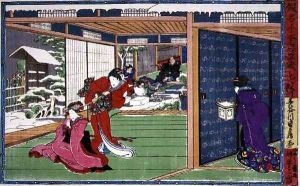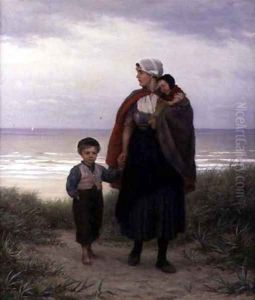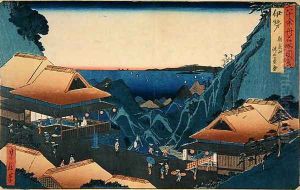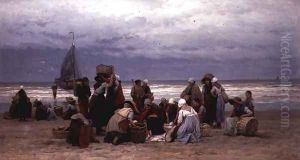Sadanobu Paintings
Hasegawa Sadanobu, also known as Sadanobu I, was a Japanese ukiyo-e artist known for his woodblock prints. Born in 1809 in Osaka, Japan, he was originally named Hashimoto Kenjiro. Sadanobu was a student of the Osaka artist Utagawa Kunimasu and also influenced by the works of Utagawa Hiroshige, one of the last great masters of the ukiyo-e tradition of printmaking.
Sadanobu is often associated with the Osaka School of printmaking, which was centered in the merchant city of Osaka and was known for its kabuki theater prints and portraits of actors, a genre known as yakusha-e. He specialized in this type of print but is also recognized for his landscapes and bijin-ga (pictures of beautiful women). His style combined the delicate lines and attention to detail characteristic of the Osaka School with the boldness and dynamic compositions of the Edo (modern-day Tokyo) ukiyo-e tradition.
Throughout his career, Sadanobu contributed to the development and preservation of the Osaka School style during a period when the center of artistic gravity in Japan was shifting towards Edo. Despite this, he managed to maintain a distinct style and a following in Osaka. His prints were characterized by their subtlety, elegance, and a somewhat muted color palette compared to the vivid and flamboyant works produced by some of his contemporaries in Edo.
Sadanobu continued to produce prints until his death in 1879. His legacy includes not only his own artworks but also the influence he had on subsequent generations of artists. Sadanobu's son, Hasegawa Sadanobu II (also known as Konobu), followed in his footsteps and became an accomplished ukiyo-e artist in his own right. The Hasegawa family contributed significantly to the art of Japanese woodblock printing through the 19th century, a period that saw the transition of Japan from the isolation of the Edo period to the modernization of the Meiji Restoration.



